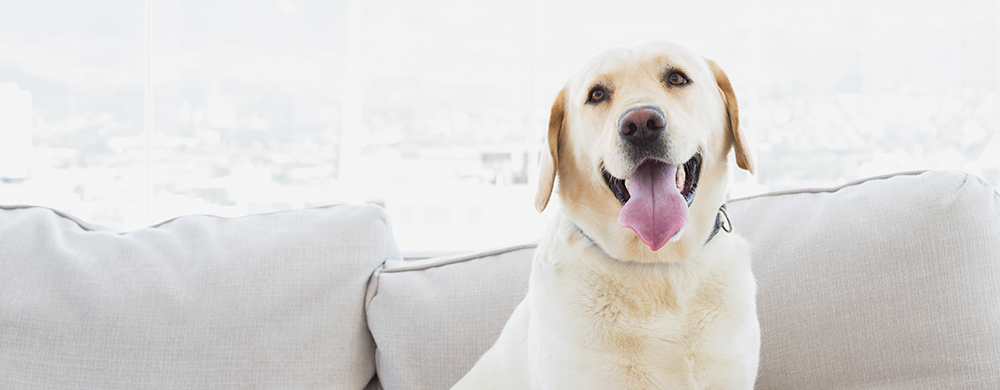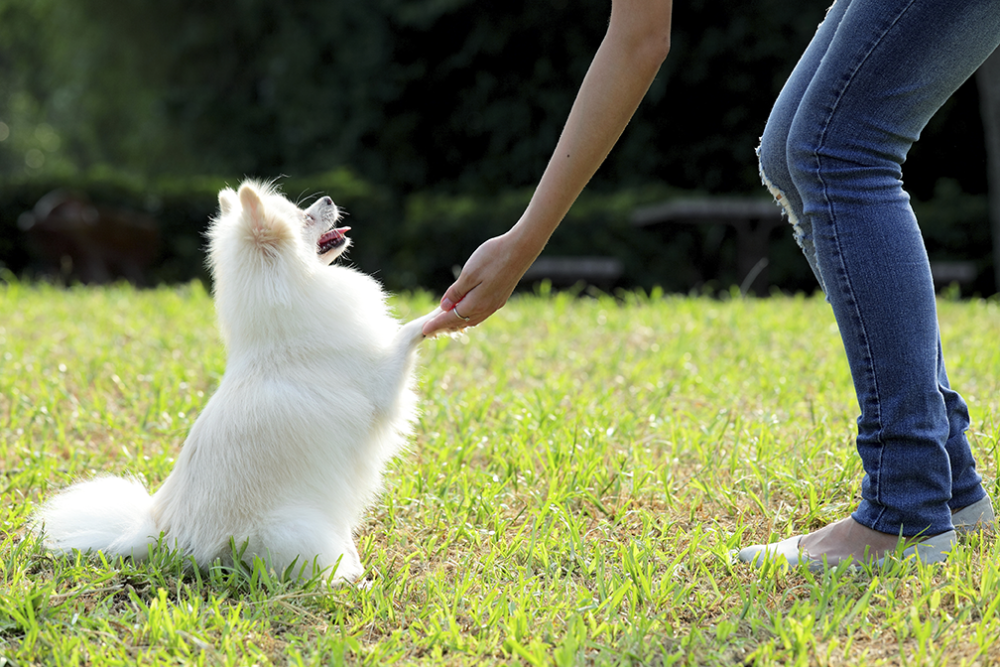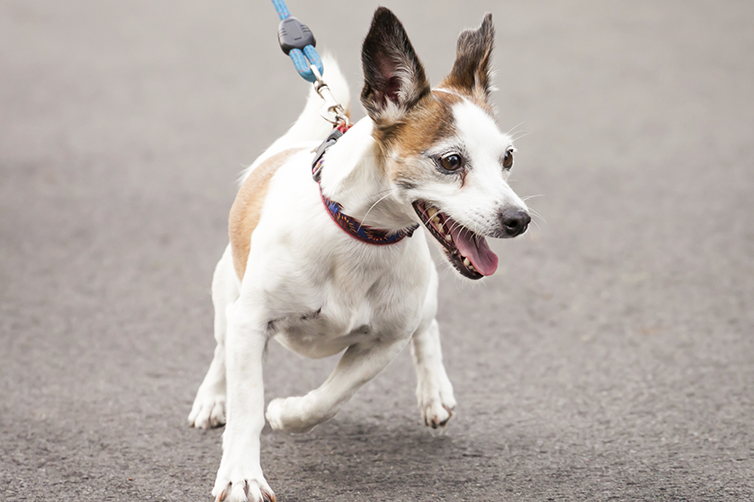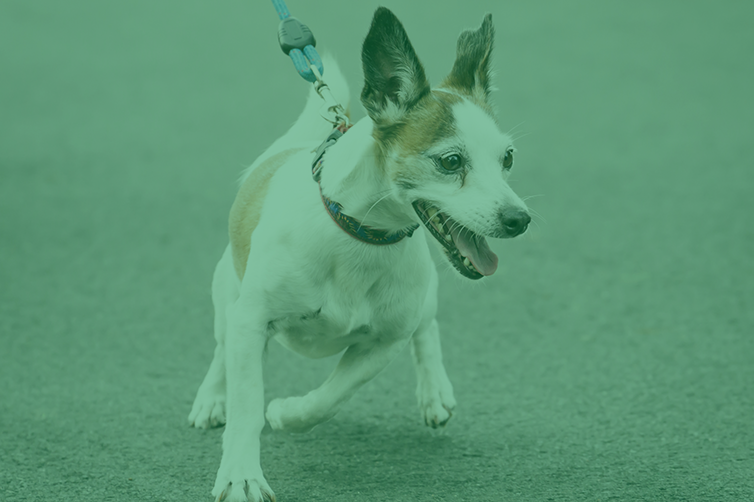Kay9 Puppy Life Skills - Homework
Here is a breakdown of all the exercises for each week of your course, for you to practice at home.
WEEK ONE
Exercise
Description
ANCHOR MAT
To create a positive association with the mat, we ensure that only 'nice' happen on this mat. Therefore, we give the dog a Kong, which also helps them to learn to ignore their surroundings and entertain themselves. It is important that whilst your puppy is enjoying the Kong or simply relaxing on the mat, that you don't interact with them. ie don't speak, look or touch them. This is to encourage them to learn to entertain themselves and not become needy of your attention all the time. They need to learn to 'be their own dog'.
ANCHOR MAT PART TWO
To remove the Kong's we always SWAP it for a few treats, put onto the mat for the dog to eat. This helps the dog learn that hands give nice things to me instead of they take things I have of value. Then start to put one treat on mat bed until the dog eats them and gives looks up at you, giving eye contact. Once eye contact starts, the dog must be given treats into the MOUTH in order to maintain eye contact and not the mat.
MAKING GOOD ASSOCIATIONS AS OTHER DOGS ARRIVE IN CLASS
Every time a dog arrives at class and comes through the door, let your pup see you put a few treats on the mat. This means that they will make the association that dogs arriving = treats on mat! This means that they don't try to greet each other on entry and the dog coming in isn't stared at or lunged at meaning that he also has a good association on arriving in class!
LURING & FOOD MANNERS
Puppies have a mouth full of needles that can be very painful, so it is important that your pup learns to take food from your fingers softly, slowly and gently without using its teeth. So we learn to lure the dog into position, by holding food in our fingertips, but as soon as we need to give the food to the puppy, we hold the food in an open, flat hand as if feeding a horse. With a flat hand, the puppy will learn to take the food with lips and tongue instead of teeth.
VOLUNTARY EYE CONTACT
(BUILDING UP TO 5 SECONDS)
It is important to teach a puppy to look at you. After all a puppy that doesn't look - doesn't listen and a puppy that doesn't look & listen - doesn't learn!
To begin with, when your puppy is sitting on their bed in front of you, place a single treat on the bed and allow the dog to eat it. Repeat that a couple of times more. Now slow down the rate at which you place a treat on the bed. The puppy will eventually look up at you when the treats stop arriving as fast. As soon as the dog looks up at you, mark the puppy and give them a treat into their mouth instead of on the bed. Repeat this a few more times. You are now capturing natural eye contact.
TEACHING THE PUPPY HIS NAME
With a handful of really tasty treats, sit close to where your puppy is currently sitting or laying and doing something else. Call out his name and when he turns to look at you, throw a treat in his direction and continue with what you were doing. wait till the puppy starts doing something else again and repeat. This will create a sound response to his name that will become 'engrained'.
BASIC POSITIONS
Sit, Stand and Down
SILENT SIT: With a treat in your hand and slowly take the treat back over the pups head so that as they follow the treat, the head comes up and the bottom hits the floor. As soon as the bottom hits the floor, release the treat.
SILENT DOWN: From a sit, hold the treat to the pups nose and take it straight down to the floor in a straight line. Hold the hand still and wait for the pups chest to hit the floor. As soon as it does this, release the treat.
SILENT STAND: You can do this 2 ways.
1: Place a treat in your open palm and with the dog in a sit, lower the palm at the front of the dog, fairly close to him, from head height, slightly lower to chest height. The dog should get up from a sit and stand up to eat the treat from your open palm, without taking any steps.
2: From a sit, hold a treat in your fingertips close to your puppies nose. Now move it away very slowly (so that the puppy follows it) in a horizontal line away from the puppy. As soon as his back legs are straight and up from the sitting position, open your hand and allow him to eat the treat from your palm.
CLEANLINESS & ID
Your dog must be clean and groomed and also have the correct Identification by law.
Family Name, Door number, post code. Mobile and land line numbers are not a requirement by law, but my personal recommendation is that you use at least your mobile number on your ID Tag. This will make it very easy to have your dog returned to you, should he go missing.
THE WAITERS HAND
If we pull the dog around by the lead, the dog can quickly learn to dislike the lead. So it is important for us to get into good habits and NOT pull on the lead at any time. It is also far better for the dogs neck!
Place a treat in your hand and keeping the hand as flat as possible (put your thumb on the treat to stop it from falling off the palm), lower the hand with the palm facing the dog so that it is the same height as the dogs nose from the ground. When the dogs comes to the hand, make a sweeping gesture (similar to a waiter showing you to the table) with your hand, which will make the dog move from one position to another.
This is a great habit to get into, when you want your dog to move from one place to another, without using the lead.
DITCH THE BOWL!
Can you imagine how boring it must be to eat from the same plate, the same food, day in and day out? Feeding times are either a great training opportunity to work with your dog, do your homework etc or give your dog a tiring puzzle or activity to do. it will mentally and physically tire your dog!
We recommend that you 'Ditch the Bowl' for at east one meal a week - more if you prefer. Personally, I hardly ever feed my own dogs from a bowl. Instead, I ditch the bowl and feed various ways for enrichment, fun and diversity! The benefits of doing this are HUGE!
Feeding on the lawn:
Simply scatter the dogs food on an area of the lawn (or kitchen floor) and allow the dog to hunt and graze for it. This is a real fun activity for your dog and it also slows down eating which isn't good for your dog anyway. Leave them to it. They'll keep at it until they find every morsel!
Kong's:
We all know the value of Kong's from classes, but you can also use them indoors (and out) too! Fill the Kongs with your dogs dinner, as many Kongs as you wish and then place on the floor in the area you want the dog to feast on them. Again, leave them to it and they will amuse themselves for a while!
Treat Dispensers:
Besides helping to exercise a dog’s body and brain, kibble dispensing toys are also fantastic for teaching problem solving skills and the idea of trying new things that can help with shaping games. These toys can also build confidence as the dogs learn to do things independently and be successful. They can also be used as a bridge for dogs who don’t particularly like toys as an entry point into finding toys to be fun!
Your Dogs toys:
Hide treats or kibble inside little nooks and crannies of dog toys and leave them in a pile on the floor. Let your dog rummage through the pile, trying to decide which toy to start on first, how to find the food and how to get at it to eat it. Its fun for the dog and fun for us to watch too!
All puppies exhibit behaviours that to dogs are normal, but to us humans are not. If you're having problems with any of the following, click on the link to purchase our 'How to' range of information leaflets and more details how to help and avoid on going problems!
PUPPY STARTER PACK
TEN Leaflets for HALF price!
Puppies that Bite and nip
Training to be Home Alone
Toilet Training & Diary
Socialisation for Puppies
Jumping up
Crate Training
Tips for raising a confident Puppy
Settling at Night
Chewing
All you need to get off to the right start with your puppy!
(Value over £40.00)
Click the button below to purchase your 20 page document with all the above subjects
Week 5 = Mock Assessment
Week 6 = The Assessment
How to stop unwanted behaviours
Mouthing during teething
Travel Sickness
House Training
Exercising Puppies
Teaching 'Drop' on cue
No jumping up!
Introducing the collar and lead
5 Tips for training your dog
What to train and what to avoid training
Mouthing and Biting
Kongs for Puppies
At Kay9®, we train with our brain, not pain!
Passionate about dogs - Positive about training!
That's the Kay9® Way!

Call Us On
0775 8288 478 or 01252 645110
and we will assess the training needs of your pet.
Or Book Online
"Money can buy you a great dog - but it wont buy you the wag of its tail"!










